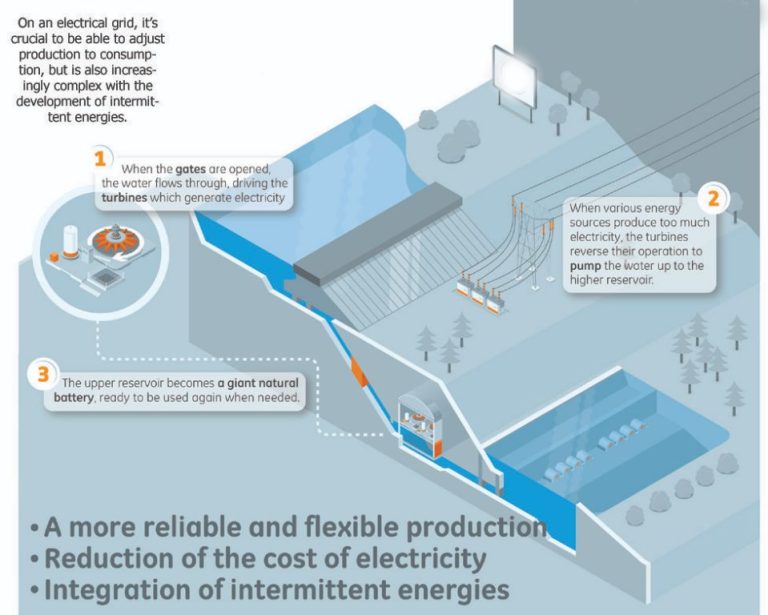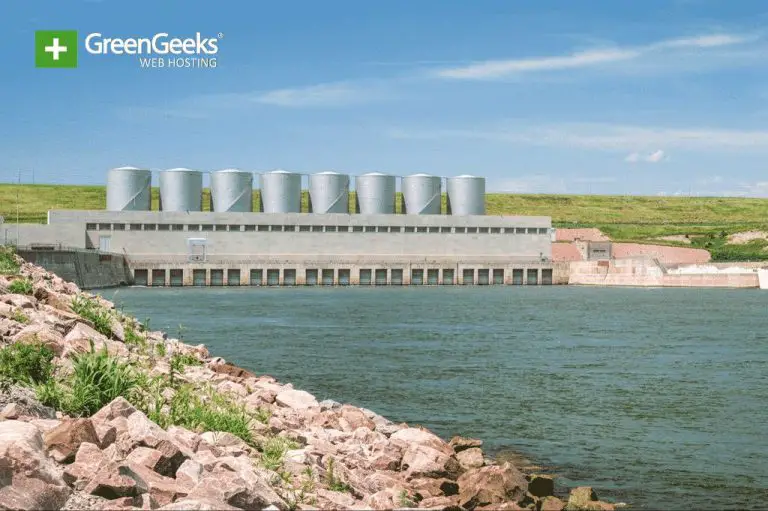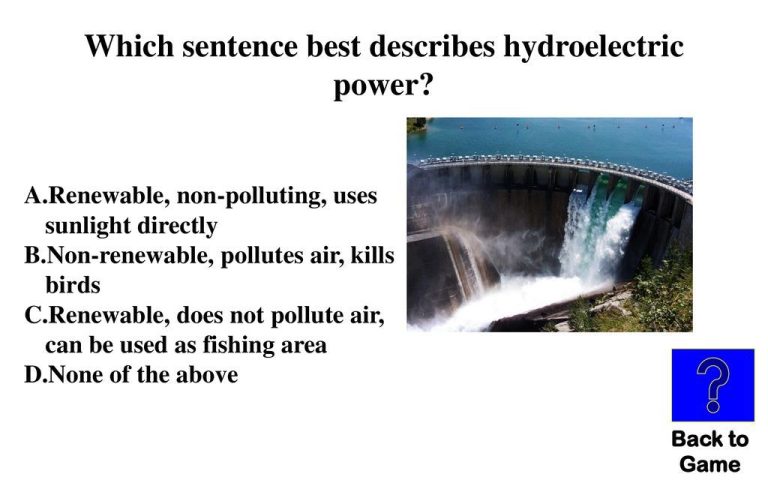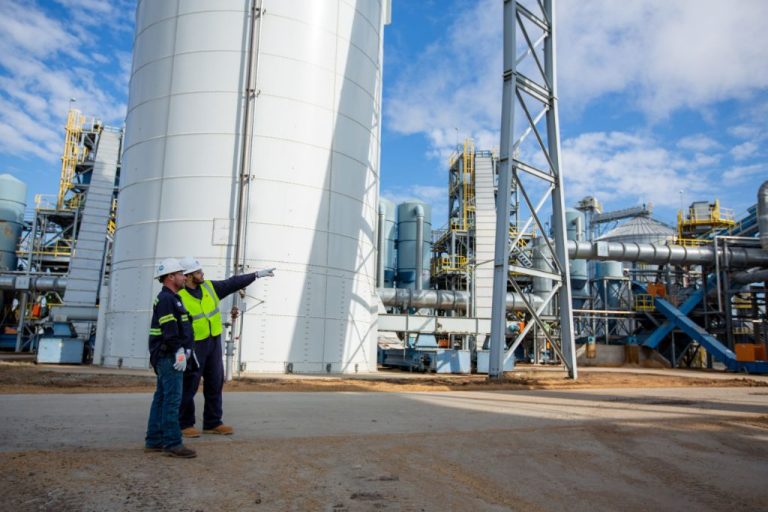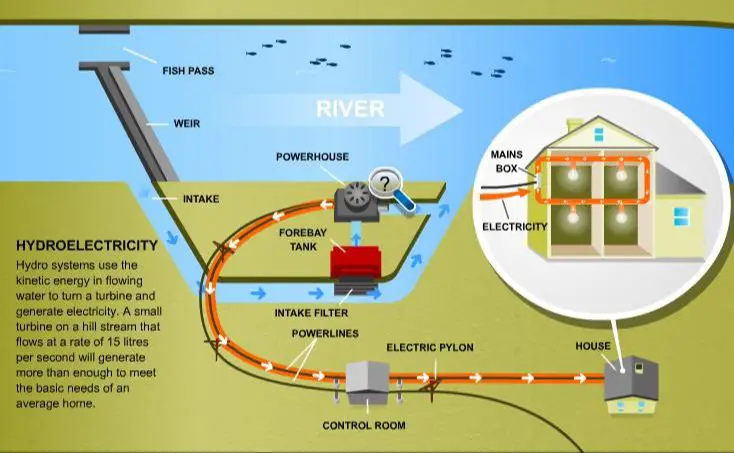Does Laos Have Hydroelectric Dams?
Hydroelectric dams are structures built across rivers to produce electricity by harnessing the power of flowing water. Dams hold back large reservoirs of water that flow through turbines connected to electric generators, creating energy without burning fossil fuels. Hydropower is a renewable source of electricity that provides affordable and reliable power to communities while emitting minimal greenhouse gases.
The Southeast Asian country of Laos has become known for its proliferation of hydroelectric dams along the Mekong River and its tributaries. With mountains covering over 70% of Laos’ land area, the country has tremendous hydropower potential to generate electricity not only for domestic use, but also for exporting to neighboring countries. Hydropower plays a major role in the Lao economy and there are plans to expand dam construction to turn Laos into the “battery of Southeast Asia.” However, the many dams in Laos have also raised controversies over their environmental and social impacts.
History of Hydropower in Laos
Laos began developing hydropower in the 1950s and 1960s, aided by grants and loans from the United Nations and countries like the Soviet Union. The Nam Ngum 1 dam, completed in 1971, was the first major hydroelectric project in Laos. It was intended to provide electricity for the tin mines in Bolikhamxai Province.
In the 1990s, the Laotian government began reforming the country’s economy by transitioning from a centralized system to a market-oriented one. This opened the door for significant private investment, especially in hydropower. Several major dams were built during this time, like the Theun-Hinboun dam completed in 1998.
A milestone was reached in the late 1990s and early 2000s, when Laos signed agreements with neighboring Thailand to export hydroelectricity. With guaranteed buyers for the power, this spurred major dam building along the Mekong River and its tributaries. Today, the export of hydropower is a major source of foreign revenue for Laos.
Major Hydroelectric Dams in Laos
Laos has several major hydroelectric dams in operation and under development. Some of the biggest dams include:
Nam Theun 2
The 1,070 MW Nam Theun 2 dam is located on the Nam Theun river in central Laos. It began operating in 2010 and was the largest hydroelectric project in Laos at the time. The $1.45 billion dam was developed by investments from Thailand, France, Italy and Laos.
Xe-Pian Xe-Namnoy
The 410 MW Xe-Pian Xe-Namnoy hydroelectric project is located in southern Laos. Its saddle dam collapsed in 2018, causing major flooding and displacement of thousands of people downstream. The dam began operating in phases starting in 2017.
Xayaburi Dam
The 1,285 MW Xayaburi Dam is located on the Mekong River in northern Laos. It began commercial operations in 2019 amid concerns about impacts on fish migration and communities downstream. The $3.5 billion project was mainly funded by companies from Thailand.
Pak Lay Dam
The 770 MW Pak Lay dam is under construction on the Mekong mainstream in northwestern Laos. It is expected to be completed in 2029. The project has faced opposition over its environmental and social impacts.
Contribution to Economy
Hydropower exports make up a significant portion of Laos’ total GDP and government revenue. According to statistics, hydropower exports accounted for nearly 30% of Laos’ GDP in 2019. The vast majority of the electricity generated by Laos’ hydropower projects is sold to neighboring countries, with Thailand and Vietnam being the largest import partners.
Laos has signed agreements to sell electricity to Thailand and Vietnam for the next 20-30 years. Around 75% of the power generated from Laos’ hydroelectric dams is exported to Thailand, contributing billions in revenue annually. Another 20% is sold to Vietnam, with the remaining 5% used domestically in Laos.
With several major dams still under construction and new projects planned, hydroelectricity exports are projected to make up an even greater share of Laos’ GDP in the future. The revenue from electricity sales is vital for supporting the country’s economic growth and provides an important source of foreign exchange earnings.
Environmental and Social Impacts
The proliferation of hydroelectric dams in Laos has led to both environmental and social consequences. Flooding from dam reservoirs has damaged surrounding ecosystems and habitats. River flows and water levels have been altered, affecting fish migration patterns and biodiversity. Dams have flooded forests and agricultural land. In some cases, entire villages and communities have been displaced. In Attapeu province, over 4,000 people lost their homes due to flooding from the Xe-Pian Xe-Namnoy dam collapse in 2018.
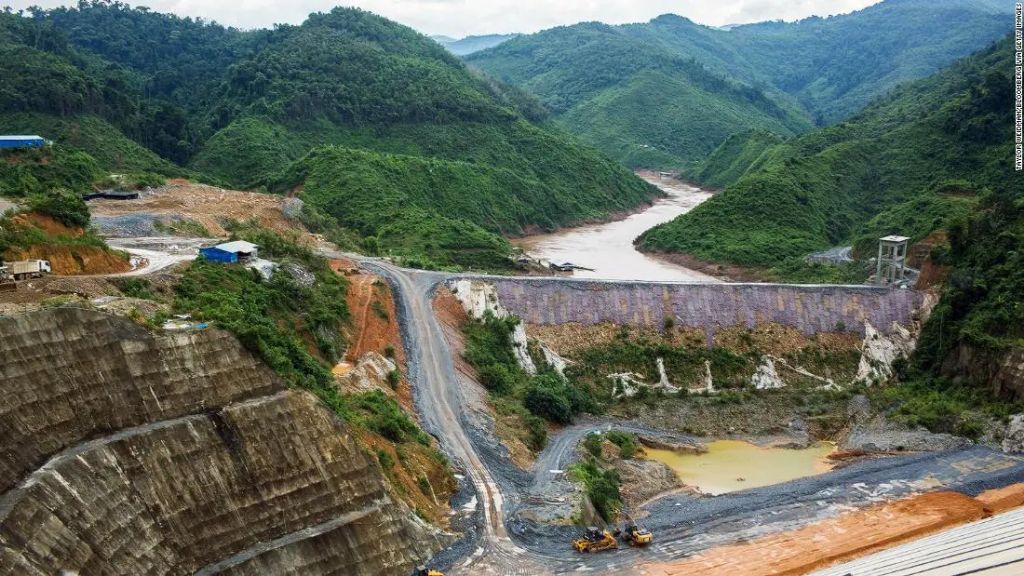
However, hydropower development has also brought electrification to many rural villages. Over 98% of households in Laos now have access to electricity, in large part due to hydropower. Rural electrification provides benefits such as lighting, refrigeration, water pumping, and power for machinery. Access to electricity can improve education, health care, and economic opportunities for rural communities. Though dams displace some villages, other villages have gained electricity access for the first time thanks to transmission lines from dams to rural areas.
Hydropower Expansion Plans
Laos has embarked on an ambitious goal to become the “Battery of Southeast Asia”, aiming to utilize the abundant hydropower potential flowing from the mighty Mekong River to substantially increase energy exports by 2030. The country aims to add more than 100 new hydropower facilities by 2030, bringing the total hydroelectric capacity in Laos from around 7,000 MW currently to over 10,000 MW by 2025, and up to 14,000 MW by 2030.
Several major new hydropower projects are currently in the pipeline. These include the 1,400 MW Luang Prabang dam, the 912 MW Pak Lay dam on the mainstream Mekong River, and the 1,060 MW Pak Beng dam. Laos also plans to build two new dams on the 3S River system – the 932 MW Nam Ngiep 2 dam and the 310 MW Nam Mo 1 dam. In southern Laos, the 1,285 MW Xe-Pian Xe-Namnoy dam is under construction, targeting energy exports to Thailand and Vietnam.
There has been significant foreign investment and involvement in Laos’ hydropower drive, including from China, Thailand and Vietnam. Critics have raised concerns about the environmental and social impacts of this rapid hydropower expansion in Laos, but the government remains firmly committed to utilizing the country’s vast hydropower potential to spur economic growth and improve livelihoods.
Controversies and Concerns
Laos’ rapidly expanding hydropower sector has not been without controversy. There are several major concerns surrounding the safety and impacts of Laos’ dams.
One major issue is the poor construction and quality control of some dams. There have been reports of substandard construction materials and techniques used in building dams like Xe-Pian Xe-Namnoy, which collapsed in 2018 resulting in major flooding and dozens of deaths. Safety concerns remain about the structural integrity of other dams.
Another concern is the downstream effects on neighboring countries like Cambodia and Thailand. Rivers dammed in Laos flow across borders, and changes to river ecology and sediment flows can impact fisheries and agriculture downstream. Flooding from dam failures is also a risk. Some Mekong communities in Thailand have protested Laos’ dams for disrupting riverine ecosystems they depend on.
Environmental groups have also criticized Laos’ over-dependence on hydropower. With most dams built to provide electricity for export, Laos depends on hydropower revenue to prop up its economy. This dependence on an extractive industry could undermine sustainable development in Laos.
International Involvement
Laos has attracted substantial foreign investment and assistance in developing its hydropower potential. China has been a major player, financing and constructing large dams such as the 1,285 MW Nam Ou 1, 912 MW Nam Ou 2, and 1,320 MW Nam Ou 3 cascade. China Southern Power Grid has signed deals to purchase about 75% of the electricity generated from these dams for sale back to China. Vietnam is also investing in Laos dams, including the 1,320 MW Sekong 4 project being built by PetroVietnam. On the downstream side, Thailand has agreed to purchase up to 95% of the power generated from the 1,285 MW Xayaburi dam, Laos’s first mainstream Mekong River dam.
International organizations have also been involved in Laos’s hydropower development. The World Bank and Asian Development Bank have provided funding and advisory services for projects aimed at expanding electrification and promoting renewable energy in Laos. However, some environmental groups have accused them of enabling Laos’s rushed construction of dams with inadequate impact assessments and compensation for affected communities. The Mekong River Commission, an intergovernmental agency that works with Lower Mekong countries, has also faced criticism for not doing enough to protect against transboundary impacts from Lao dams on the Mekong ecosystem and people dependent on the river’s resources.
Comparison to Other Countries
Laos has emerged as a major producer of hydroelectric power in Southeast Asia, with plans to become the “Battery of Southeast Asia.” While it currently ranks third in hydropower capacity within ASEAN behind Indonesia and Vietnam, Laos aims to expand capacity from the current 6,000 MW to over 12,500 MW by 2030 through building additional dams and hydropower projects.
With dozens of dams planned or under construction on the Mekong and its tributaries, Laos is seeking to leverage its extensive river system and mountainous terrain to become a major exporter of electricity to neighboring countries. Though Laos has just 6.7 million inhabitants, it has the potential to generate over 26,500 MW from hydropower, far more than it can consume domestically. Therefore, the vast majority of electricity generated from Lao dams is exported to Thailand, Vietnam and China.
What makes Laos unique is that it is landlocked nation with few natural resources outside of hydropower potential. As a result, Laos is more heavily dependent on hydropower both economically and as a strategy for development than most other nations. While issues have emerged regarding the sustainability and equity of Laos’ hydropower expansion, the industry is seen by the government as vital source of revenue, foreign investment and a way to provide electricity access to rural areas.
Conclusion
Laos has made a major investment in hydropower over the past few decades, primarily to sell electricity to its neighbors Thailand, Vietnam, Cambodia, and China. Several major dams have been constructed on the Mekong River and its tributaries, with plans for continued expansion of hydropower. While the dams provide revenue and electricity for Laos, they have also caused environmental damage and displaced rural populations.
Hydropower looks set to continue playing a major role in Laos in the coming years. The government aims to graduate from least developed country status by 2024, relying largely on revenues from exporting hydroelectricity. However, concerns persist over the ecological impacts of dams on the Mekong River system and the lack of transparency around existing and planned projects. With better regional coordination and mitigation of environmental and social harms, Laos’ hydropower expansion could be managed more sustainably.

